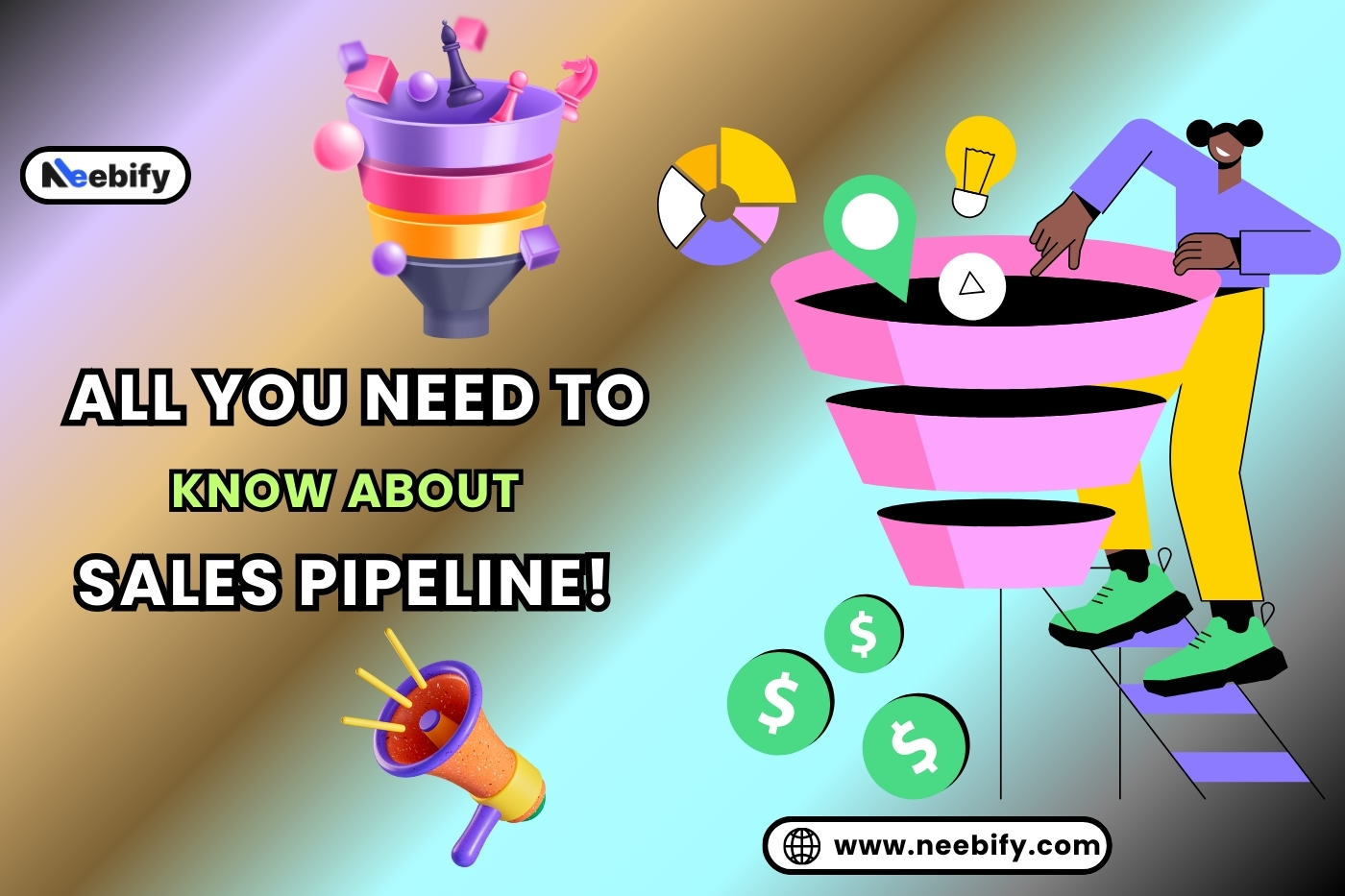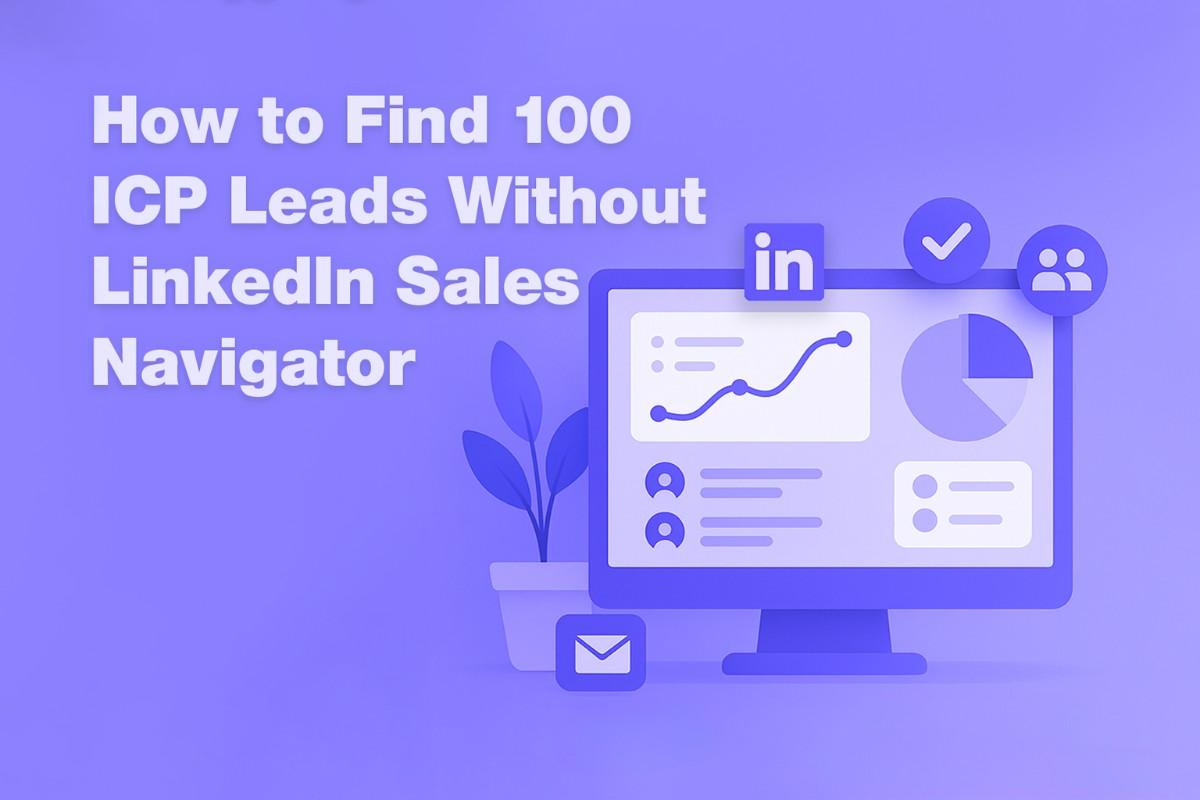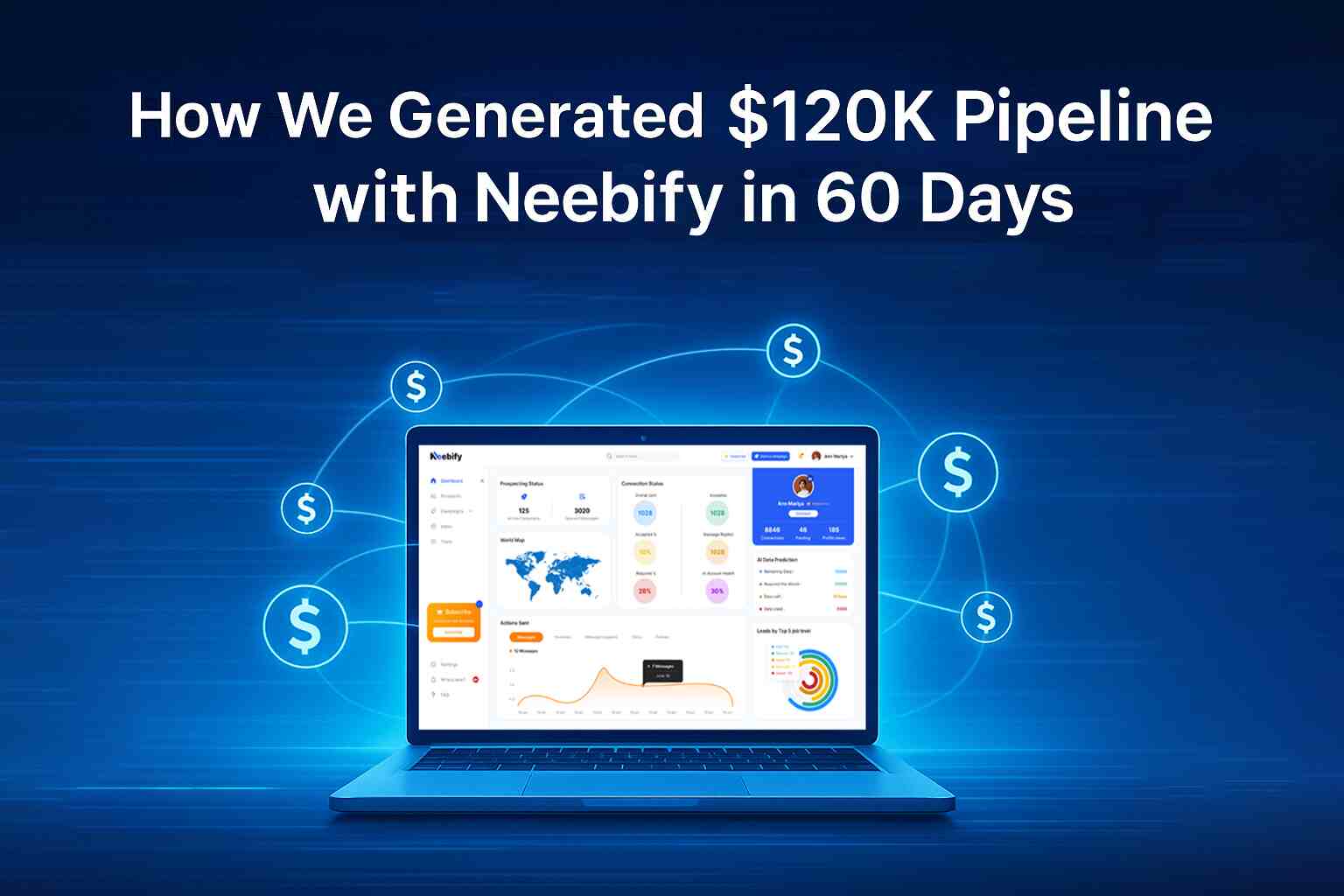Table of content
All You Need to Know About Sales Pipeline
Managing leads and opportunities effectively is essential in a world of sales for continuous revenue flow. One of the best tools to organize and optimize your sales process is through the sales pipeline. Being a newbie or even enhancing one's current practice, one should learn and know what the sales pipeline and its parts are. This article discusses the various terms on what is a sales pipeline, different sales pipeline stages, how to build a sales pipeline, sales pipeline's advantages, and the best practices for managing your and optimizing it as well. Then, it elaborates further with discussions regarding how CRM for the sales pipeline management helps in that streamlining process.
What is a Sales Pipeline?
A sales pipeline is a graphical representation of the various stages a lead passes through in the sales cycle. This allows the sales teams to track, manage, and analyze leads and opportunities as they pass through the various stages of the sales journey. The sales pipeline definition is therefore a framework that keeps sales professionals organized and focused on converting leads into customers.
The pipeline typically starts when a prospect first becomes aware of your product or service and ends when they either make a purchase or opt-out. Think of it as a funnel where prospects begin at the top, and with the right nurturing, they get filtered down to the bottom, where they become loyal customers.
Sales Pipeline Stages
Understanding the different sales pipeline stages is crucial to successful sales pipeline management. While every business may have its specific variations, the general stages are fairly standard:
1. Lead Generation: This is the first step where you attract potential customers (leads). At this stage, you generate interest through marketing efforts, referrals, and outbound strategies.
2. Lead Qualification: Not all leads are created equal. Lead qualification in sales pipeline means the process of ascertaining which leads can convert to paying customers. It takes into account the needs of the leads, their budget, and whether they possess the authority to make purchasing decisions.
3. First Contact: After a lead is qualified, it is time to contact and engage with him or her. This may come in the form of an email, a phone call, or even an in-person meeting. At this point, sales representatives first make contact and begin forming relationships.
4. Needs Assessment: At this point, you are trying to find out what your lead needs and what hurts. You want to ask the right questions so that you can tailor your pitch to his needs.
5. Proposal: Based on the lead's needs, you make a proposal of how your product or service can help solve their problems. This stage may include pricing details, terms, and product demos.
6. Negotiation and Closing: Here, the lead is deciding whether to move forward with the purchase. Negotiations often take place around price, terms, and additional features. If the negotiations are successful, the deal is closed.
7. Follow-up after the Sale: After a successful sale, it is important to stay in touch with the customer. This stage is focused on ensuring customer satisfaction, repeat business, and referrals.
Sales Pipeline vs. Sales Funnel
Many people confuse sales pipeline vs. sales funnel, but in fact, there is a minute difference between the two terms. The sales pipeline would mean the stages a lead follows through your sales process-from the initial contact to the close of the deal. It is a management tool for tracking and monitoring individual prospects or opportunities.
On the contrary, the marketing term of sales funnel helps depict a progression of awareness to a purchase. Most often, people use a funnel metaphor in describing the process of narrowing down the prospects at each stage toward making a buying decision. While the sales pipeline funnel tends to describe more about the sales process in the steps, the sales funnel pays emphasis to volume and the rate of conversion in the prospects.
How to Build a Sales Pipeline?
Understanding how to build a sales pipeline is critical to streamlining your sales process. A well-constructed pipeline can help you manage your leads and opportunities more effectively, thus guaranteeing a higher conversion rate. Here's how to get started:
1. Define Your Sales Process: The very first step in building your pipeline will be to define the stages of your sales process. How are your leads going to typically pass? You can customize based upon your industry, your sales team, and your product offering.
2. Lead Sources: Determine where your leads will come from. Are they generated through inbound marketing, social media, referrals, or outbound efforts? This will help you plan the pipeline more effectively.
3. Segment Your Leads: Categorize leads based on their level of interest and readiness to buy. This helps in managing each lead according to their current position in the pipeline.
4. Track the leads: Utilize a CRM software that can track and keep a tab on your leads as they travel through the pipeline. CRM for sales pipeline management can automate many tasks, from sending follow-up emails to reminders for call calls.
5. Measure and Optimize: Continuously measure key performance metrics like conversion rates at each stage. Sales pipeline metrics will show you where to optimize the process and eliminate bottlenecks.
Advantages of Sales Pipelines
Using a sales pipeline has numerous advantages, among them being:
1. Better Organization: A clear view of the pipeline allows sales teams to prioritize tasks and remain organized. They can easily identify where each prospect is within the process and concentrate their efforts appropriately.
2. Better Forecasting: From analyzing the pipeline, a sales team can better forecast future revenue. Knowing how many prospects are at each stage provides an idea of how many will likely convert.
3. Higher Conversion Rates: With a structured process, sales teams can qualify leads better and respond to the needs of prospects better, which means higher conversion rates.
4. Better Resource Utilization: Knowing at which stage a lead is will help you better utilize resources (time, effort, tools) so that high-potential leads get the right amount of attention.
5. Better Communication: A sales pipeline strategy affords more efficient communication from sales teams. All the persons can stay in tune regarding where every prospect is located.
Sales Pipeline Best Practices
Adopting sales pipeline best practices will enable you to achieve optimal results for your pipeline.
1. Keep Your Pipeline Updated: Regularly update the pipeline to reflect any changes. This ensures you’re always working with the latest information and can make informed decisions.
2. Qualify Leads Early: Lead qualification in sales pipeline is essential to avoid wasting time on prospects who are unlikely to convert. Use qualification frameworks like BANT (Budget, Authority, Need, Timing) or CHAMP (Challenges, Authority, Money, Prioritization) to assess leads early on.
3. Leverage Automation Tools: Automating follow-up emails and reminders will free up the time of sales reps for more important activities, such as closing deals.
4. Track Sales Metrics: Knowing sales pipeline metrics such as conversion rates, deal velocity, and average deal size helps identify areas for improvement.
5. Nurture Relationships: Don't just use your pipeline as a way to close deals. Continue to nurture your leads with helpful content and timely follow-ups, even if they're not ready to buy yet.
How to Optimize Your Sales Pipeline?
Knowing how to optimize your sales pipeline is critical for maintaining a healthy flow of leads and opportunities. Here are some strategies on how to optimize your pipeline:
1. Lead Segmentation: All leads are not the same. Data can be used to segment leads based on engagement and conversion potential. Personalize your approach and maximize the chances of conversion.
2. Focus on Quality Leads: Concentrate on the leads that are likely to convert and use your resources for them. The more quality leads you have, the better the chances of closing deals.
3. Sales Team Training: Ensure that your sales team is well-trained in handling objections, presenting solutions, and closing deals. This will boost the efficiency of your pipeline.
4. Integrate CRM Tools: A good CRM system is important in tracking, managing, and automating tasks in your pipeline. CRM for sales pipeline management ensures better data accuracy and less administrative work.
5. Review and Analyze Metrics: Regularly review the sales pipeline metrics and look for patterns. This can give insight into which stages may need improvement.
Drive Sales with Neebify
If you are looking to supercharge your sales pipeline and increase conversions, you may want to look at Neebify. Neebify provides AI-based solutions for sales teams that help automate lead generation, qualification, and follow-ups. This will allow you to improve efficiency, save time, and enhance overall sales performance through integrating Neebify into your workflow.
Conclusion
Understanding and mastering your sales pipeline is essential for converting leads into loyal customers. Whether you're just starting or looking to refine your process, following the outlined stages, best practices, and optimization strategies can lead to more successful outcomes. With the right tools, including CRM systems, and a clear pipeline strategy, you can confidently navigate each phase and drive sustained growth for your business.
Get your next meeting in a
matter of minutes.
Free Trial
Latest
The Ultimate LinkedIn Outreach Playbook 2025
A practical, modern guide to mastering LinkedIn outreach in 2025 — learn how to boost reply rates, p
12/1/2025How to Find 100 ICP Leads Without LinkedIn Sales Navigator
Generating 100 targeted ICP leads doesn’t require LinkedIn Sales Navigator. Learn how to leverage fr
11/28/2025


